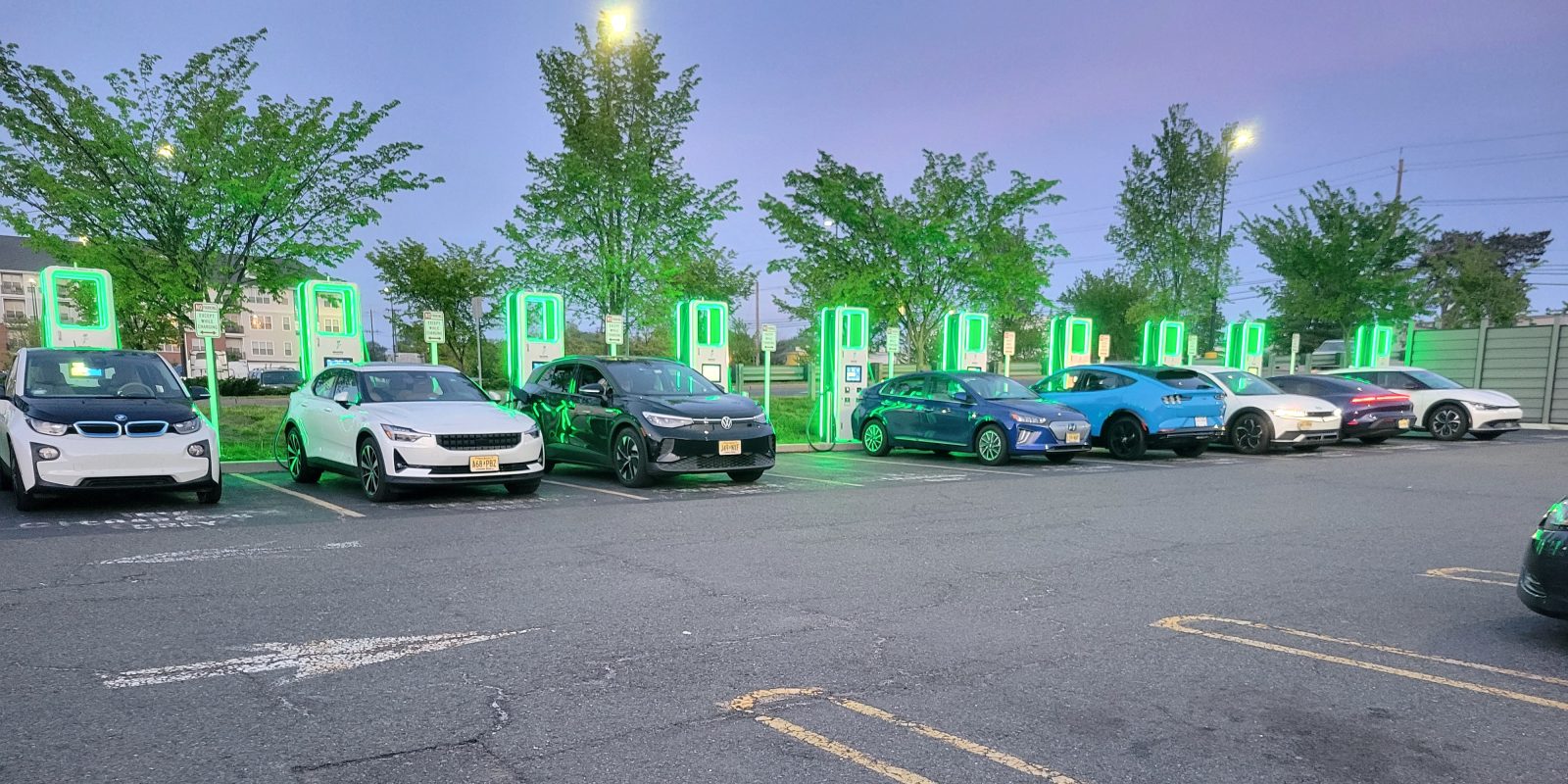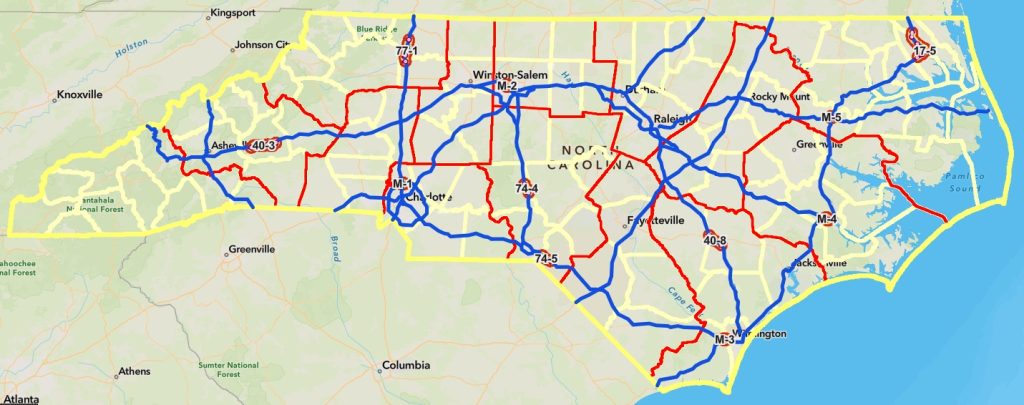
Look at this map to see where North Carolina's first 11 National Electric Vehicle Infrastructure (NEVI) Formula Program EV charging stations will be located.
The federal NEVI initiative will spend $5 billion over five years to assist US states in developing a network of EV charging stations along designated Alternative Fuel Corridors comprised of interstates and major roads. The initiative is supported under the Bipartisan Infrastructure Act.
According to the North Carolina Department of Transportation (NCDOT), the 11 NEVI-compliant locations were chosen because they will bridge gaps where there are now fewer EV charging stations and serve a more geographically varied set of customers in both rural and urban regions. It released the map so that developers may apply for state money to create and run EV charging stations.

EV charging stations must be provided every 50 miles and within one travel mile of the Alternative Fuel Corridor, according to the NEVI program. EV charging stations must have at least four ports with connections capable of charging four EVs at 150 kW each, with a total station power capacity of 600 kW or greater.
The charging stations must be open to the public 24 hours a day, seven days a week, and include facilities like as bathrooms, food and beverages, and shelter.
"The map gives businesses an opportunity to determine where it would be economically feasible to build and operate EV charging stations," said Paula Hemmer, NCDOT's Statewide Initiative senior engineer. There are other factors to consider, such as whether a site is conveniently accessible to all passengers and its closeness to services such as restaurants and motels."
North Carolina will deploy DC fast chargers along the Alternative Fuel Corridors in the first phase. In the second phase, community-based DC fast chargers and Level 2 chargers will be installed.
North Carolina hopes to earn up to $109 million from the NEVI program over the next seven years to build up its EV infrastructure along authorized corridors.



0 Comments